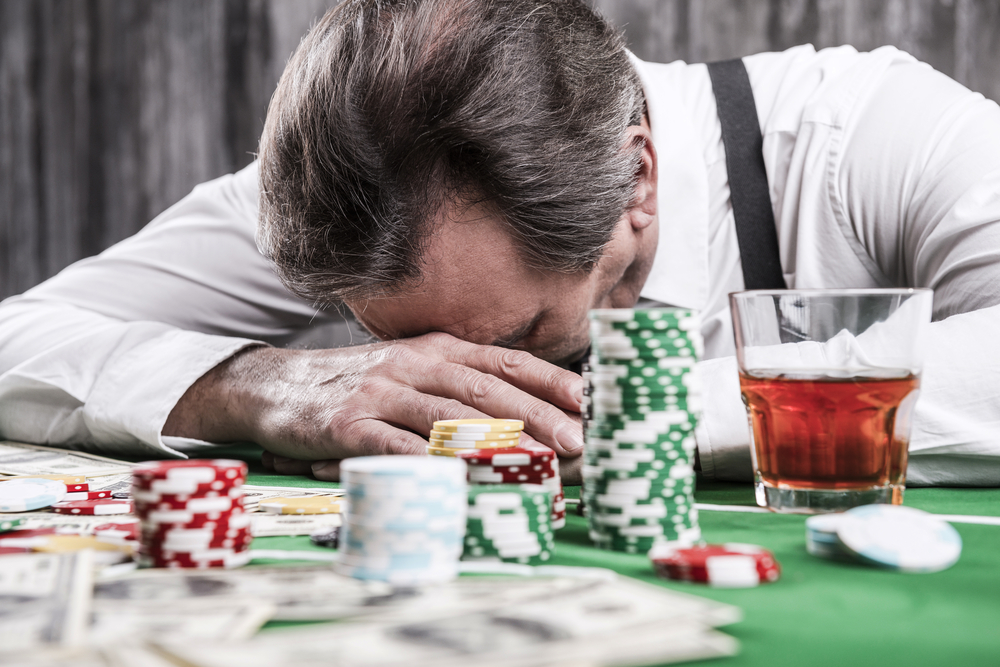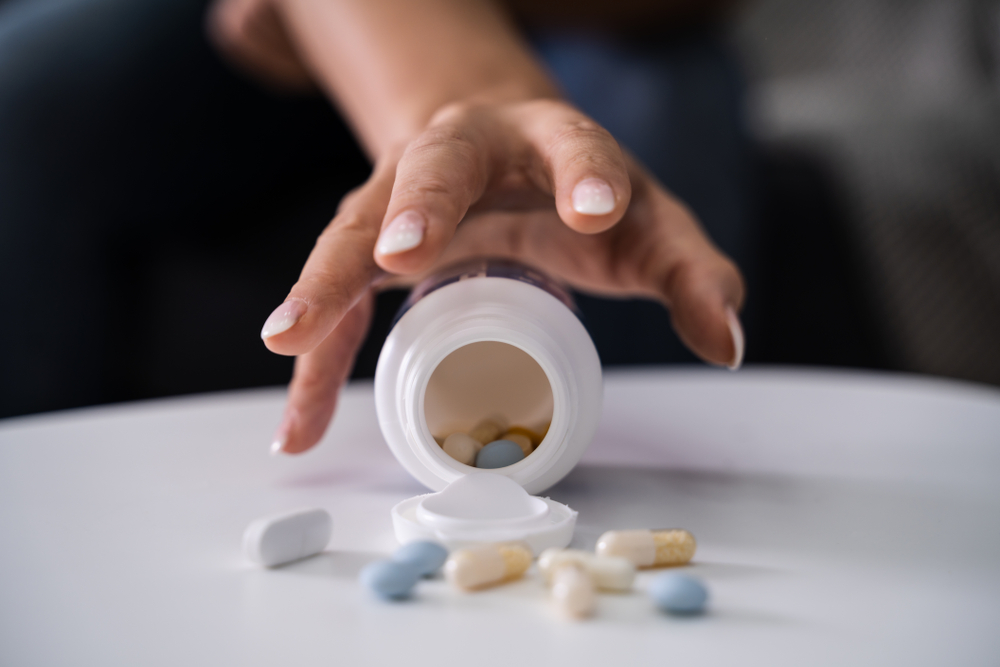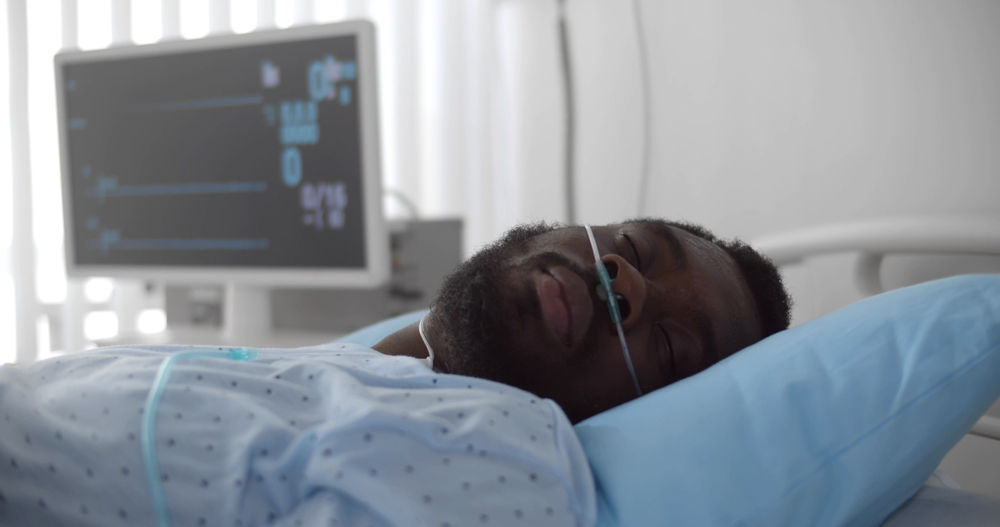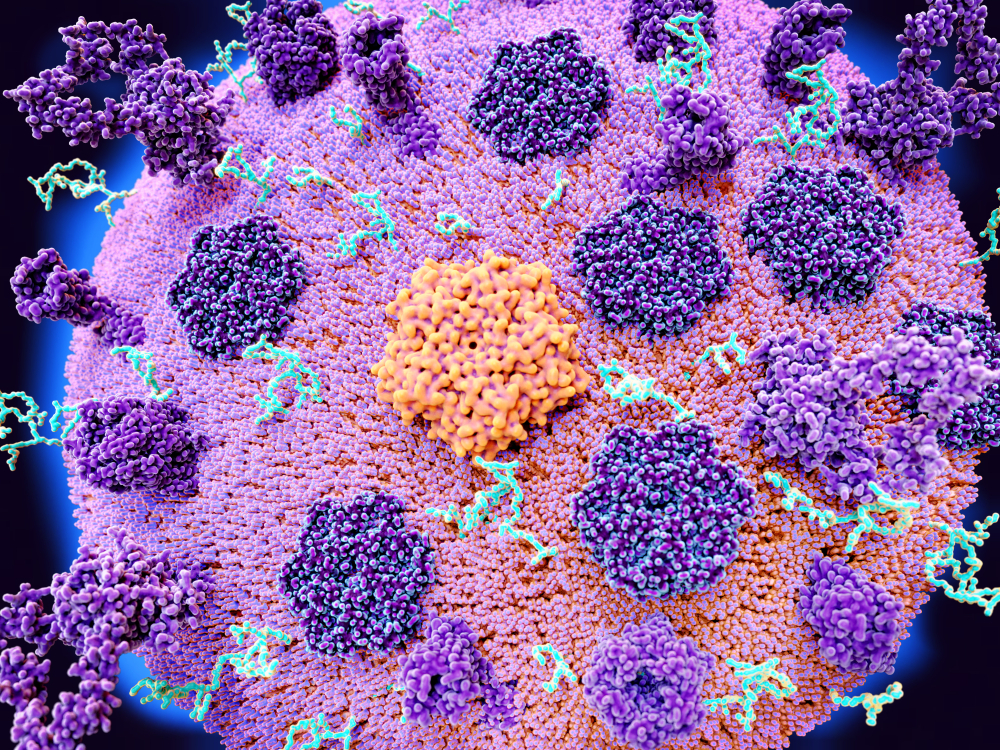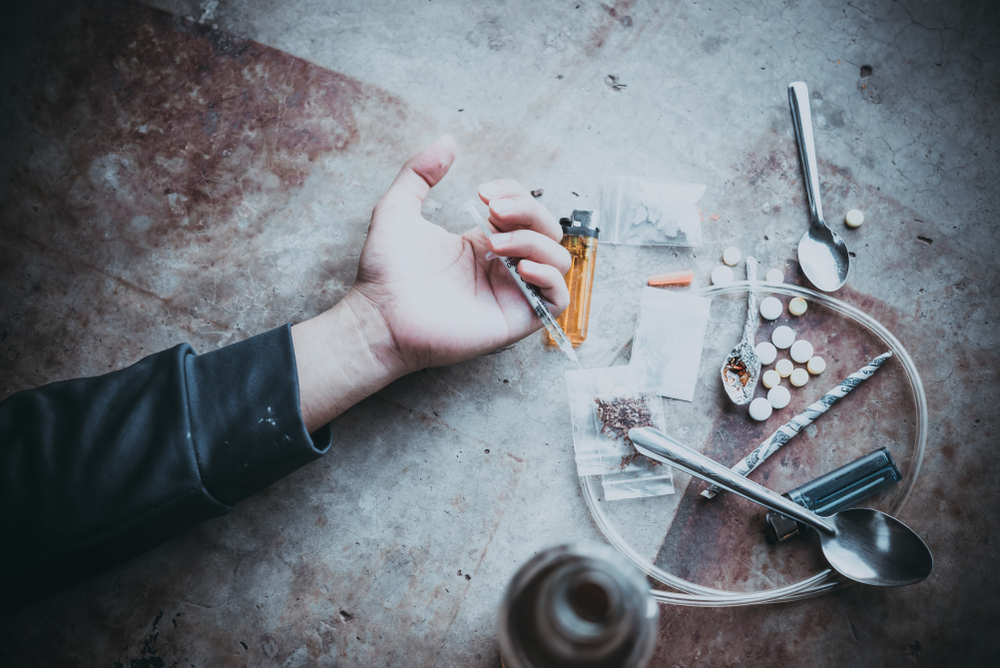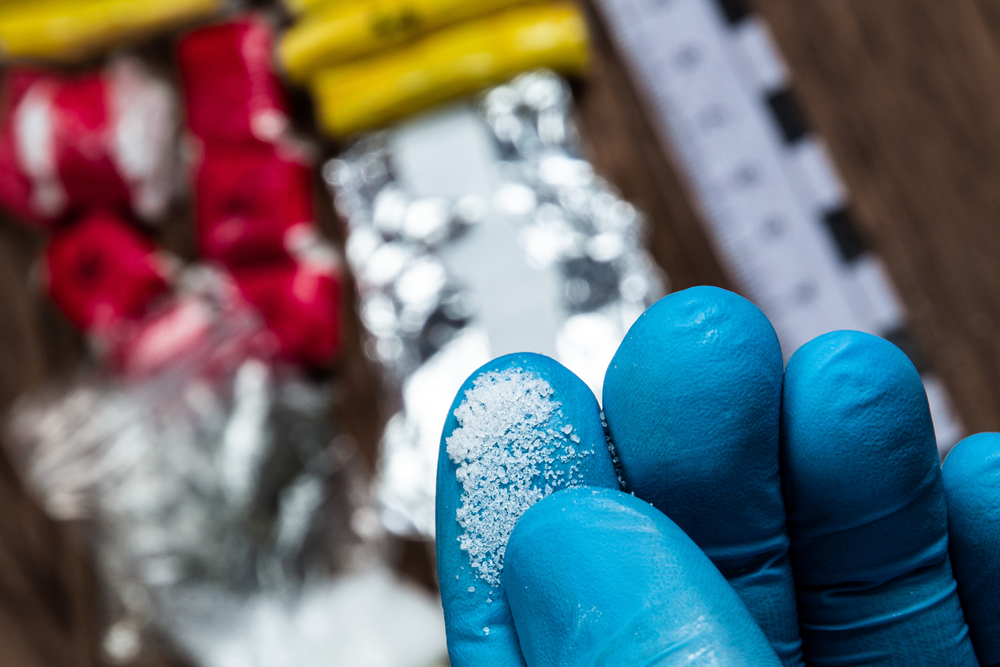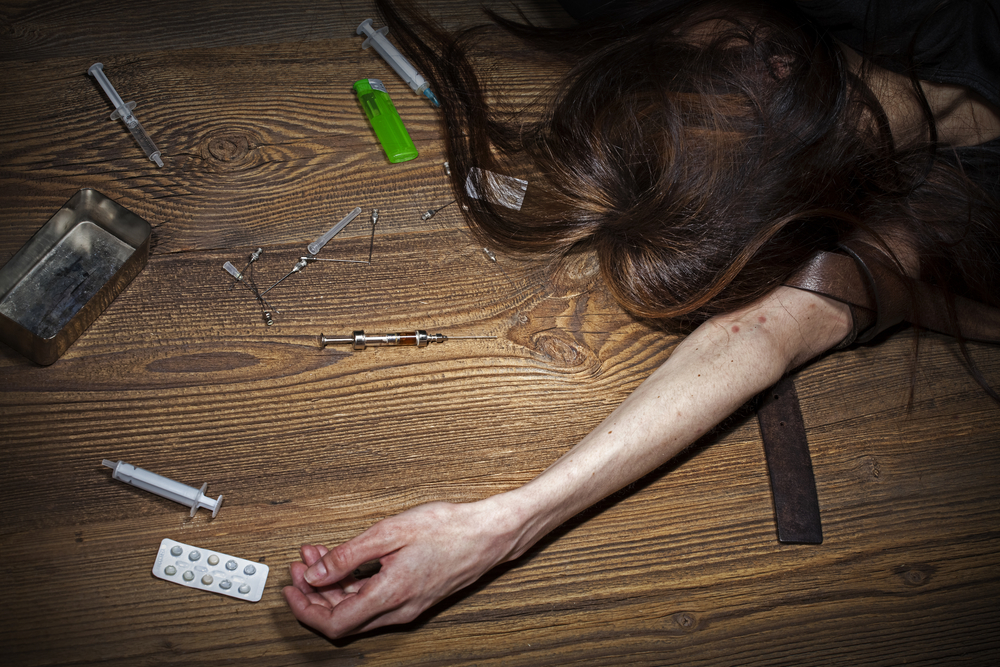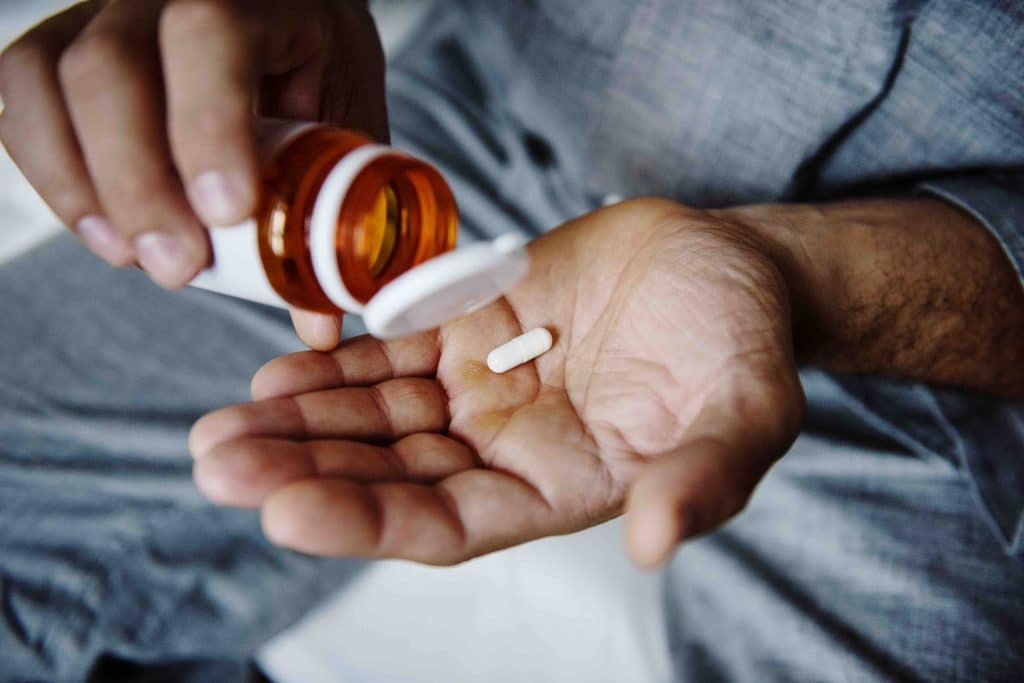Breaking Free: Conquering Drug Withdrawal to Achieve Lasting Sobriety
Withdrawal is perhaps the biggest stumbling block in the recovery journey. In fact, it is one of the reasons why quitting cold turkey is never a good idea. Drug withdrawal symptoms like cravings, aches, depression, anxiety, insomnia, irritability, etc., can make even the strongest person slip back into their old habits. That’s why it’s always a good idea to get drug addiction treatment when dealing with drug and alcohol dependence.
Understanding Drug Withdrawal
When you decide to quit using drugs or alcohol, your body and mind undergo a significant adjustment period known as withdrawal. This occurs because your body depends on the substance to function normally. Without it, various physical and psychological symptoms can emerge as your system attempts to recalibrate.
Physical Symptoms
Common physical symptoms of withdrawal include nausea, sweating, shaking, and, in severe cases, seizures. Each substance has its withdrawal profile. For instance, alcohol withdrawal can lead to a condition known as delirium tremens, characterized by severe confusion, rapid heartbeat, and fever. Opioid withdrawal, on the other hand, often involves muscle aches, restlessness, and gastrointestinal distress.

Psychological Symptoms
The psychological tolls of withdrawal are just as challenging. Anxiety, depression, irritability, and intense cravings are common. These symptoms can significantly impact your mental health, making it difficult to maintain sobriety. The stress of these psychological challenges can feel overwhelming, but understanding that they are a normal part of the process is the first step in overcoming them.
Both physical and psychological symptoms make it harder to focus on anything other than the discomfort. It’s not uncommon to feel like you’re in a constant battle with your own body. Remember, though, that these symptoms are a sign that your body is starting to heal and adjust to life without substances. While this process can be incredibly tough, it's a necessary step toward reclaiming your health.
How to Overcome Drug Withdrawal for Long-Term Sobriety
Since withdrawal is a huge drawback in recovery, overcoming it is a crucial step. It’s challenging, but with the right strategies and support, you can navigate this phase successfully. Let’s have a look at some ways to overcome alcohol and drug withdrawal symptoms.
Seek Medical Support
One of the best ways to handle drug or alcohol withdrawal symptoms is under medical supervision. Remember, some withdrawal symptoms can be life-threatening, so you don’t want to do this alone. A supervised drug detox program provides a safe and controlled environment where healthcare professionals can monitor your symptoms and intervene if necessary.
They may also prescribe medications to ease withdrawal symptoms and prevent complications. For instance, they’ll give methadone or buprenorphine to manage opioid withdrawal symptoms or benzodiazepines to prevent seizures during alcohol withdrawal.
Therapeutic Approaches
Most rehab centers will provide behavioral therapies along with other techniques like mindfulness and meditation after detox. Such therapies and techniques help you master your thoughts so you’re able to overcome your psychological and physical dependence. Substance use disorders tend to co-occur with mental health conditions, and unless you address both conditions simultaneously, one can end up leading to the other. So basically, the psychological aspects of withdrawal can lead to drug abuse as you try to self-medicate.

Build a Strong Support System
Besides treatment and therapy, you need a robust support system to help you through recovery challenges. This includes friends and family who understand what you're going through and can offer encouragement. It can also be a support group like Narcotics Anonymous or Alcoholics Anonymous, where you connect with others who have faced similar challenges. Such groups provide a sense of community and accountability, making you feel less isolated on your journey.
Adopt Healthy Lifestyle Habits
A healthy lifestyle plays a big part in easing withdrawal symptoms – and the opposite is also true. In recovery, you should maintain a balanced diet, stay hydrated, and exercise regularly. Physical activity, a great part of a healthy lifestyle, has been shown to reduce stress, improve mood, and help manage withdrawal symptoms. Adequate sleep is crucial, allowing your body and mind to heal. A daily routine offers structure and stability, and makes it easier to focus on your recovery goals.
Stay Informed and Educated
Addiction is a complex disease, and withdrawal is a normal part of the recovery process. But unless you know this, you might think you lack the willpower and strength to overcome addiction. This might push you down the addiction road and make it even harder to recover. Take time to read books, attend workshops, and seek information from reputable sources to stay informed. Knowledge can help you confidently navigate the challenges of withdrawal.
Set Realistic Goals
Break down your goal of sobriety into smaller, manageable steps to make the process feel less overwhelming. Each milestone you reach, no matter how small, is a victory that brings you closer to lasting sobriety.

Stay Connected to Professional Help
Recovery is an ongoing process; staying connected to professional help can provide continued support. Regular check-ins with a therapist, counselor, or doctor can help you stay on track and address any emerging issues promptly. Ongoing therapy and medical supervision can provide the guidance and reassurance you need to maintain your sobriety.
Embrace a Positive Mindset
Finally, a positive mindset can significantly impact your recovery journey. Focus on your progress and the benefits of sobriety. Remember why you decided to quit and the positive changes you’ve experienced. Practice self-compassion and recognize that setbacks are part of the journey. Each day sober is a step towards a healthier, happier life.
Resources for Help
If you or someone you know is struggling with withdrawal, many resources can offer support and guidance:
- Detox centers and rehabilitation programs: Facilities like More Than Rehab provide medical supervision and support during detox. They offer a safe environment to manage withdrawal symptoms and start your recovery journey.
- Support groups: Organizations like NA and AA offer community and support from people who understand what you’re going through. Joining these groups can provide encouragement and accountability.
- Addiction hotlines and helplines: Helplines are available if you need immediate assistance or someone to talk to. They can provide information, support, and connections to local resources.
Remember, recovery is a journey, and it’s okay to take it one step at a time. Every day you stay sober is a victory, and you’re not alone. Many have walked this path before you and found success. With determination and the right support, you can achieve lasting sobriety and a healthier, happier life. Stay strong, and keep moving forward.



